2013.11.04
Okinawa Monorail extension construction work starts
The groundbreaking ceremony was held for the monorail extension construction at the Okinawa Internation Center in Maeda, Urasoe City.
Okinawa Urban Monorail Corporation President Ryouji Nakayoshi, and 450 government officials and residents from the surrounding communities attended the ceremony. The extension will connect the Monorail Shuri Station to the entrance/exit of Okinawa Expressway in Nishihara, adding four more stations and 4.1 km track to the monorail. The extension is scheduled to be in operation by spring 2019.
-
Dave Comeau
-
salvaion
-
BlahJU
-
salvaion
-
BlahJU
-
salvaion
-
BlahJU
-
-
salvaion
-
BlahJU
-
salvaion
-
BlahJU
-
Firsag
-
BlahJU
-
salvaion
-
BlahJU
-
-
-
-

 2024.07.07
2024.07.07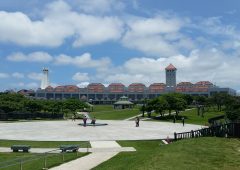 2024.06.21
2024.06.21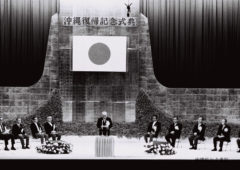 2024.05.15
2024.05.15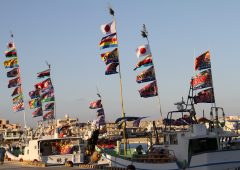 2024.02.07
2024.02.07 2024.01.31
2024.01.31 2023.11.02
2023.11.02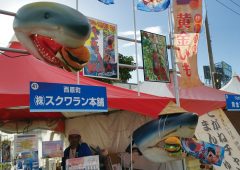 2023.10.26
2023.10.26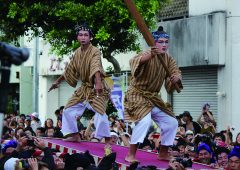 2023.09.29
2023.09.29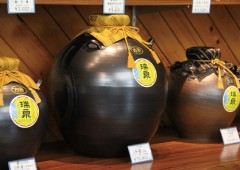 2023.09.01
2023.09.01






